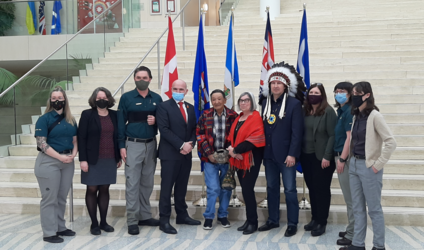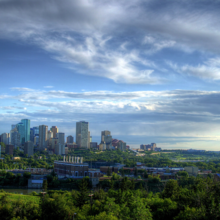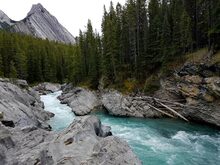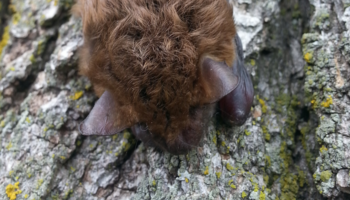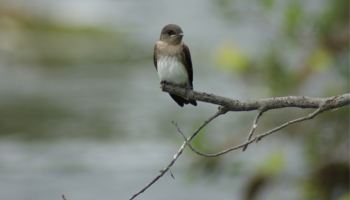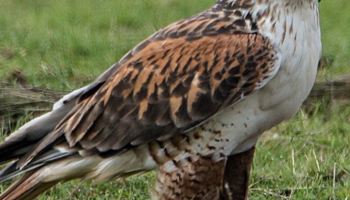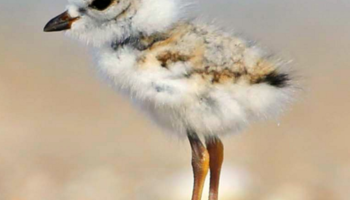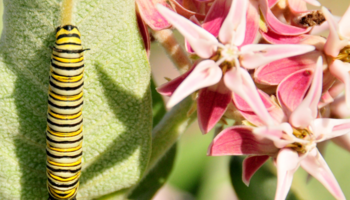Join our Prairie Chapter!
Posted on March 22, 2023Like many of us, you probably feel overwhelmed by the obstacles facing our environment. But the solution to that anxiety is action. The Prairie Chapter of the Sierra Club Canada Foundation is looking for dedicated, empowered, and proactive volunteers to join our Executive Committee.




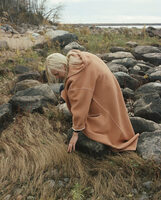
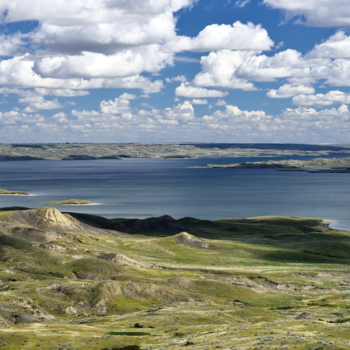 Between floods and droughts (sometimes in the same year), the compounding effects of climate change are increasingly putting stress on water resources that the environment and humans depend on.
Between floods and droughts (sometimes in the same year), the compounding effects of climate change are increasingly putting stress on water resources that the environment and humans depend on. 